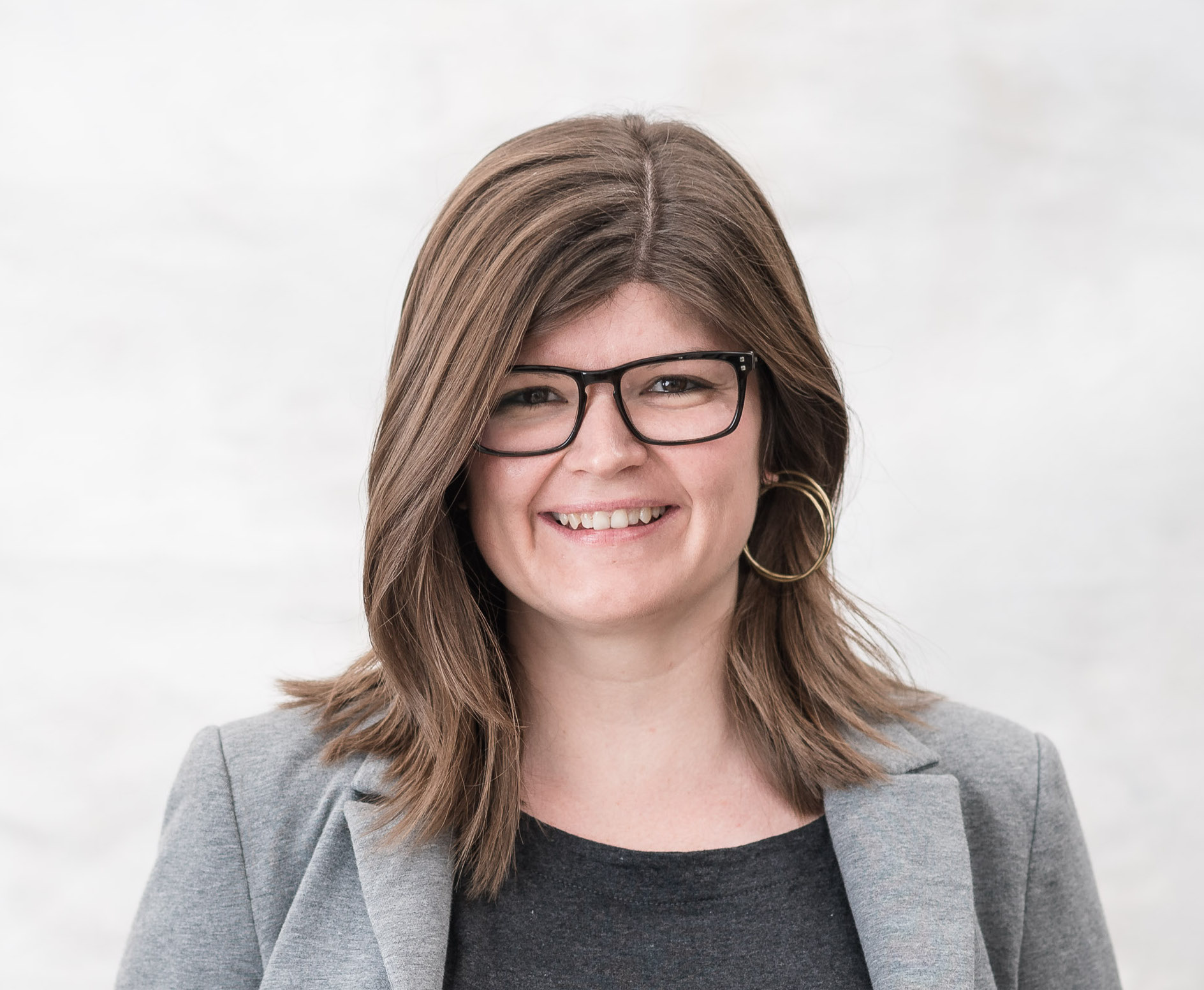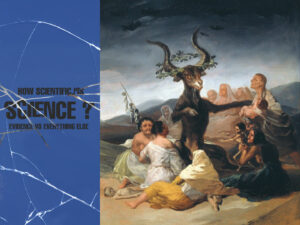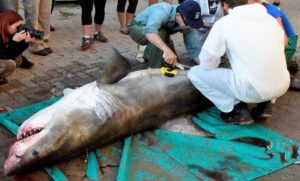Her desk looks out onto some rice fields. Just like everyone else around her, she’s not wearing any shoes.
Keating is living the dream. She teaches an interior architecture unit at Curtin University, but she does it remotely from a coworking space in Bali called Hubud.
Keating is part of a new movement of digital nomads or location-independent workers who, thanks to the internet, can work from almost anywhere.
Hubud features everything you could want in a tropical work space—Balinese-style architecture, a lush garden with monkeys visiting from the nearby monkey forest, an organic cafe and, of course, fast internet.
Community encounters
Interior architecture encompasses all aspects of the environment inside buildings, from ventilation to lighting to how furniture is integrated. It also considers the construction, planning and contracting of that interior.
Keating teaches Community Encounters, which is where aspiring interior architects work on a community project. The unit is hands on. Students are given a real-life design project. They take ownership and work directly with the client, just like in real life. As Keating tells me, it lets students “see what it’s like to be a practising interior architect”.
This semester, the client is, appropriately, Hubud. The coworking space is in the process of transitioning to a new, bigger space.
During the semester, students form teams and assign roles. They also learn about the culture of Bali. Then, for a week, they all travel to Ubud to work with the client.
The students are briefed by Steve Monroe, one of the cofounders of Hubud. Working in their teams, students come up with proposals. At the end of the week, each team pitches to the community. Elements of the winning designs will be integrated into Hubud’s new design once an architect is contracted.
“It’s really quite profound,” she says.
“Some students have never left WA, so it’s really a bit of a learning curve.”
The unit, says Keating, also exposes students to “a new way of working”—a glimpse into how their future work environments might be configured.
Making the shift
So how did Keating end up on the cutting edge of the future of work?
Over a university break a few years back, she went to Ubud to do what many West Australians do—yoga and rest. One of the people she was practising yoga with was a programmer working out of Hubud. The friend showed her around the space, and Keating had never seen anything like it.
“What is this? Who are these people?” she asked.
“And what are they doing?”
She was surprised when the answer was work. But she was hooked. Keating promptly started working on shifting her Curtin unit’s design project from WA to Bali. And the rest is history.
Beyond the future
Already working on the edge of the future of work, I ask Keating what’s next for her. She’s been in Bali for 2 years, she tells me, and feeling the need for another change.
Travel tends to disrupt habits and routines in a way that supports creativity. But just like anywhere in the world, even living in Bali can become routine.
So, she’s travelling to Portugal in August in search of her next challenge. Perhaps that will be the next venue for Community Encounters—or a new adventure entirely.
‘Jobs we love’ is a regular segment highlighting some of the coolest STEM jobs around. We meet people who love their jobs and can’t believe they get paid to do them.









